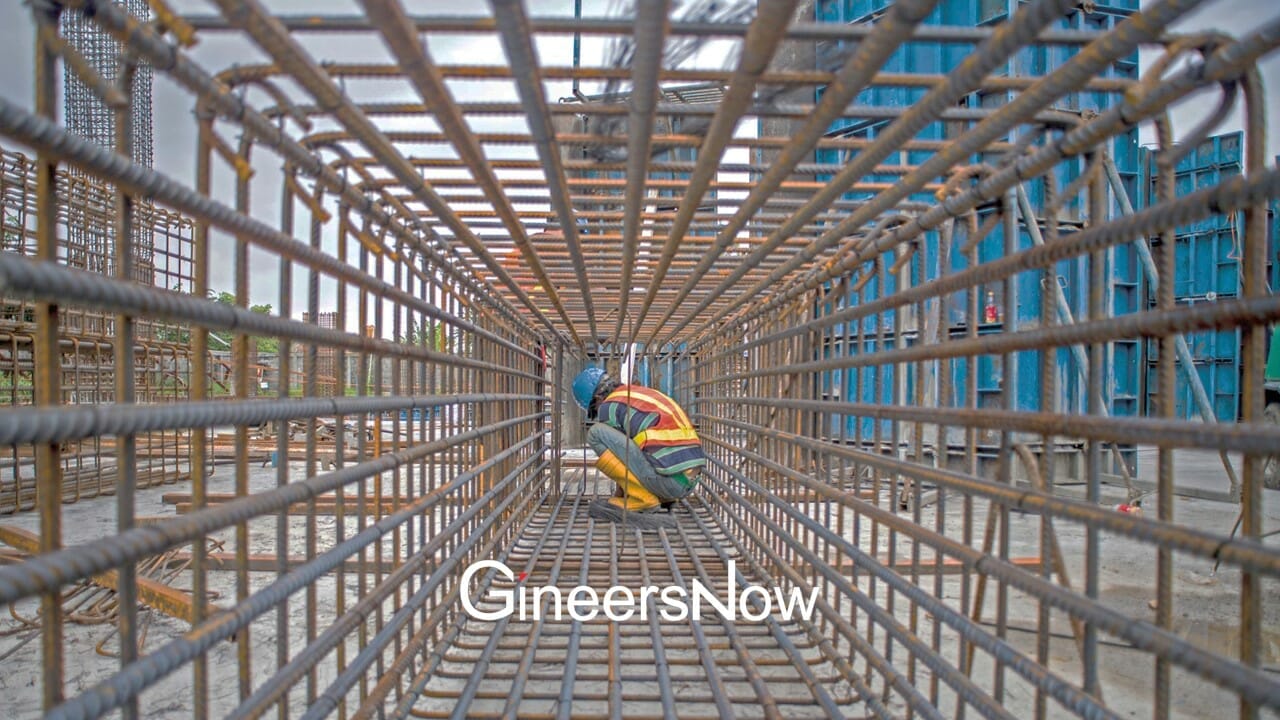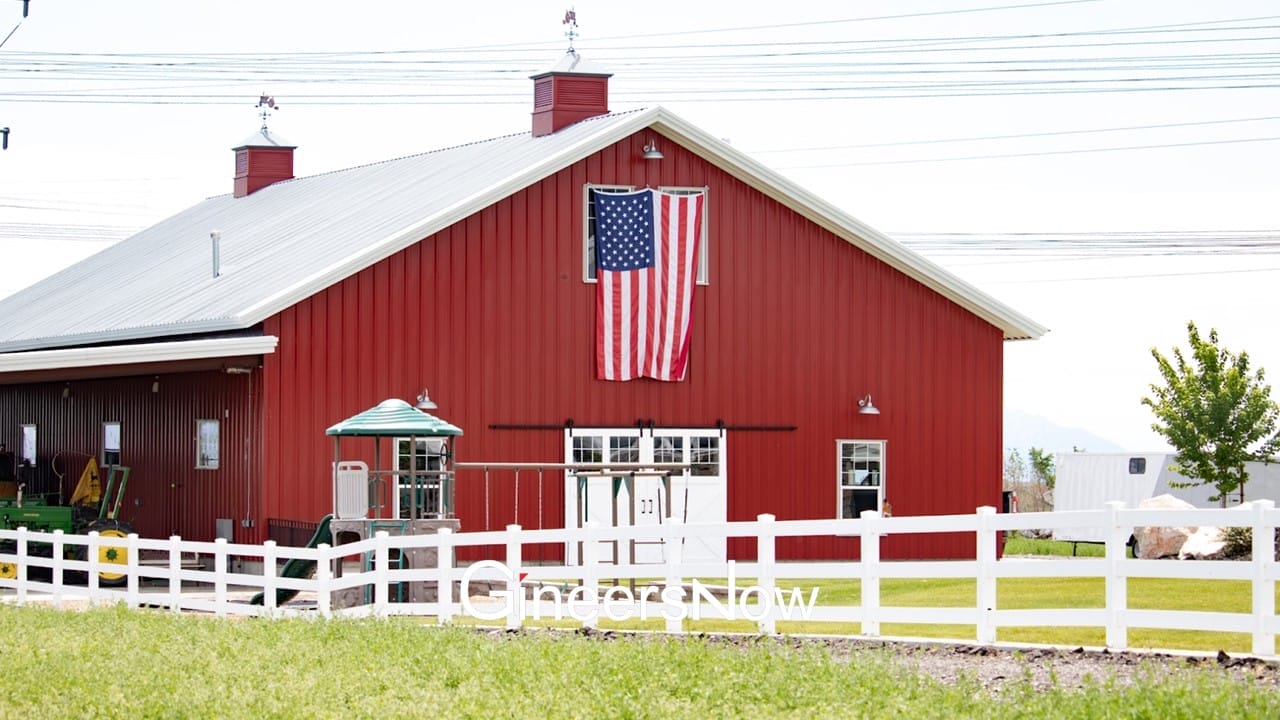In the dynamic world of construction, innovation plays a crucial role in shaping the future of architecture and design. One material that has consistently proven its versatility and durability is metal. Traditionally used for structural support and framework, metal has evolved to take on a multitude of innovative roles in construction projects. In this article, we explore exciting and groundbreaking uses of metal in construction that are revolutionizing the industry.
Computer Numerical Control (CNC) Machining
Computer Numerical Control (CNC) machining, which involves using automated machines to precisely cut, shape, and fabricate materials, has found extensive applications in the field of metal design and construction. Several notable projects have leveraged CNC technology for their metal components, showcasing the precision and flexibility that CNC machining brings to the design and manufacturing process. Here are a few examples:
The Broad Museum, Los Angeles, USA
The Broad, a contemporary art museum designed by architects Diller Scofidio + Renfro, features a distinctive honeycomb-like exterior made of a steel exoskeleton. CNC machining played a crucial role in fabricating the intricate lattice structure of the building. The precision offered by CNC technology allowed for the creation of the unique design elements that contribute to the museum’s iconic appearance.
Heydar Aliyev Center, Baku, Azerbaijan
Renowned architect Zaha Hadid‘s Heydar Aliyev Center is celebrated for its fluid and curved design, made possible by the extensive use of CNC-machined metal panels. The building’s undulating forms required the fabrication of complex, non-linear shapes, a task perfectly suited for CNC machining. The result is a stunning example of how CNC technology can bring avant-garde architectural visions to life.
The Gherkin (30 St Mary Axe), London, UK
The Gherkin, designed by Norman Foster and Partners, is an iconic skyscraper with a distinctive and energy-efficient glass exterior. The aluminium and glass panels that form the building’s envelope were precision-cut using CNC machining. This process allowed for the creation of the building’s sleek, spiral design, showcasing the potential of CNC technology in shaping modern urban landscapes.
One World Trade Center, New York, USA
The construction of One World Trade Center, the main building of the World Trade Center complex, involved the use of CNC-machined components for various elements, including the metal spire. The precision afforded by CNC technology was crucial in ensuring the accurate fabrication of intricate parts that contributed to the symbolic and resilient design of the tower.

The Eden Project, Cornwall, UK
The Eden Project is a series of interconnected biomes housing diverse plant species. The geodesic domes that make up the biomes required precise metalwork, and CNC machining was instrumental in fabricating the intricate frames. The use of CNC technology allowed for the efficient production of complex metal structures, contributing to the success of this unique ecological attraction.
The Louvre Abu Dhabi, United Arab Emirates:
- The Louvre Abu Dhabi, designed by architect Jean Nouvel, features a complex metal dome comprised of eight layers of geometric patterns. CNC machining played a pivotal role in creating the metal cladding that forms the intricate dome structure. This architectural marvel showcases how CNC technology can be employed to achieve precision and intricacy in large-scale constructions.
These projects exemplify the diverse applications of CNC machining in the construction industry, enabling architects and designers to realize ambitious and intricate metal designs with a high degree of accuracy and efficiency.
Other Exciting Metal Applications
Smart Metal Facades
Metal facades have transcended their traditional aesthetic role to become intelligent and dynamic components of buildings. Smart metal facades can adjust to external conditions, optimizing energy efficiency and providing a visually striking element to modern structures. These facades can adapt to changing weather conditions, allowing for increased natural light or shade, thus reducing energy consumption.
Metal 3D Printing
The advent of 3D printing technology has brought about a paradigm shift in construction methodologies. Metal 3D printing allows for the creation of complex and intricate structures that were previously impossible to achieve. This innovation has the potential to revolutionize the way buildings are designed and constructed, enabling architects to push the boundaries of creativity.
Laser Cutting in Metalwork
Laser cutting technology has significantly enhanced the precision and versatility of metal fabrication. This process uses high-powered lasers to cut and shape metal with incredible accuracy, allowing for intricate designs and clean, sharp edges that were difficult to achieve with traditional methods. It’s particularly useful in creating detailed architectural elements, custom metalwork, and decorative pieces. The ability to program the laser cutter with digital designs also streamlines the production process, making it faster and more efficient. This technology not only expands the creative possibilities for architects and designers but also increases the efficiency of manufacturing complex metal components.
Metal Meshes for Sustainable Design
Metal meshes are emerging as a sustainable alternative for construction projects. These meshes serve multiple purposes, such as providing shade, improving ventilation, and contributing to the aesthetic appeal of a building. Additionally, metal meshes are often made from recycled materials, aligning with the growing emphasis on eco-friendly construction practices.
Prefab Metal Modules
Prefabricated metal modules have gained popularity for their efficiency and cost-effectiveness. These modules are manufactured off-site and assembled on location, reducing construction time and minimizing waste. This innovative approach not only accelerates the construction process but also allows for greater precision in design and quality control.
Metal-Composite Hybrid Structures
Combining the strength of metal with other materials like composites results in hybrid structures that offer superior performance. These structures can be lighter, more durable, and resistant to corrosion. The fusion of different materials provides architects and engineers with unprecedented design freedom while maintaining the structural integrity of the building.
Shape Memory Alloys for Adaptive Structures
Shape memory alloys, which can return to their original shape after deformation, are finding applications in creating adaptive structures. These alloys respond to external stimuli such as temperature changes, enabling the construction of dynamic and responsive buildings. This innovative use of metals opens new possibilities for architecture that can adapt to various environmental conditions.
Metallic Nanocoatings for Sustainable Maintenance
Advances in nanotechnology have led to the development of metallic nanocoatings that enhance the durability and longevity of construction materials. These coatings protect metal structures from corrosion and wear, reducing the need for frequent maintenance. By extending the lifespan of buildings, these coatings contribute to sustainability and cost-effectiveness in construction.
Metallic Solar Roofing
Integrating solar panels into roofing materials has become a popular trend in sustainable construction. Metallic solar roofing combines the strength and durability of metal with the energy-generating capabilities of solar technology. This dual-purpose innovation not only provides a robust roofing solution but also contributes to renewable energy production.
Conclusion
Metal’s role in construction has evolved far beyond its traditional uses, thanks to continuous innovation and technological advancements. From smart facades to 3D printing and shape memory alloys, the construction industry is embracing the versatility of metal to create structures that are not only aesthetically pleasing but also sustainable, efficient, and adaptive. As we look to the future, the innovative uses of metal in construction projects are sure to inspire further advancements in architectural design and engineering.













